Svelte, Qwik & SolidJS: The Next Wave of Frontend Frameworks
The frontend landscape is constantly evolving. While React, Angular, and Vue have dominated the ecosystem for years, new frameworks are emerging with fresh perspectives—focusing on performance, developer experience, and efficiency. Among these, Svelte, Qwik, and SolidJS are gaining rapid adoption and pushing the boundaries of modern web development.
🚀 Svelte: The Compiler-First Approach
Svelte isn’t just a framework—it’s a compiler. Instead of shipping a runtime, Svelte compiles your code into highly optimized vanilla JavaScript at build time. This means smaller bundle sizes, lightning-fast apps, and minimal boilerplate.
-
✅ Key Advantage: Less overhead, more performance.
-
🌟 Use Case: Ideal for apps where performance and smaller bundles are critical, such as mobile web apps and embedded UIs.
⚡ Qwik: Resumability at Scale
Qwik introduces a unique concept called resumability. Instead of hydrating the entire app on the client, Qwik ships only the necessary code and resumes the app state instantly. This results in faster initial loads and seamless user experiences, even on slower devices.
-
✅ Key Advantage: Breakthrough in lazy-loading and instant interactivity.
-
🌟 Use Case: Perfect for large-scale apps, content-heavy websites, and eCommerce platforms.
🔥 SolidJS: Reactivity Done Right
SolidJS takes inspiration from React but redefines how reactivity is handled. Instead of using a virtual DOM, it leverages fine-grained reactivity to update only the parts of the DOM that change. The result? Incredible speed and developer ergonomics without the cost of reconciliation.
-
✅ Key Advantage: React-like syntax but faster execution.
-
🌟 Use Case: Great for highly interactive dashboards, SPAs, and real-time applications.
🤔 Frequently Asked Questions
Q1. How do these frameworks compare to React, Angular, or Vue?
While React, Angular, and Vue are mature and widely adopted, Svelte, Qwik, and SolidJS focus on next-gen performance patterns like compilation (Svelte), resumability (Qwik), and fine-grained reactivity (SolidJS). They aren’t replacements yet but are strong contenders for modern use cases.
Q2. Which framework has the best performance?
-
Qwik shines in initial page load with its resumability.
-
SolidJS excels in runtime speed and UI reactivity.
-
Svelte offers smaller bundle sizes and faster builds.
Q3. Which one should I learn first?
If you’re starting fresh:
-
Choose Svelte for simplicity.
-
Choose SolidJS if you like React’s style but want better performance.
-
Choose Qwik if you’re building highly scalable or SEO-critical applications.
Q4. Are they production-ready?
Yes. All three frameworks have production deployments:
-
Svelte is widely adopted (used by The New York Times, IKEA).
-
Qwik is still young but backed by Builder.io and seeing early adoption.
-
SolidJS is production-ready and growing in developer popularity.
Q5. Will these frameworks replace React?
Not immediately. React has a massive ecosystem and community. However, these frameworks represent the future of web performance and could influence how frameworks evolve moving forward.













 2025. All rights reserved
2025. All rights reserved